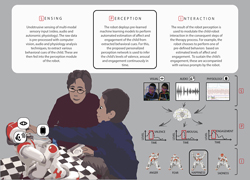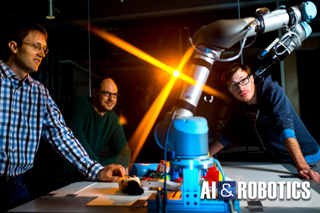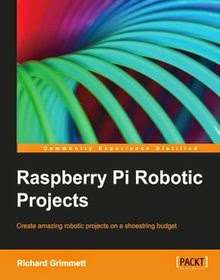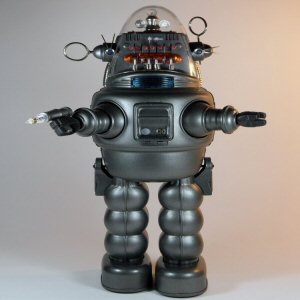String Theory: Is Dark Energy even Allowed?
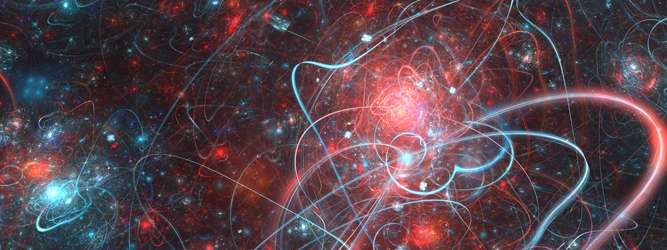
Timm Wrase of the Vienna University of Technology quickly realized something odd about this conjecture: it seemed to be incompatible with the existence of the Higgs particle. His calculations, which he carried out together with theorists from Columbia University in New York and the University of Heidelberg, have now been published in "Physical Review". At the moment, there are heated discussions about strings and dark energy all around the world. Wrase hopes that this will lead to new breakthroughs in this line of research.
The theory for everything
Great hope is placed in string theory. It is supposed to explain how gravity is related to quantum physics and how we can understand the laws of nature, which describe the entire physical world, from the smallest particles to the largest structure of the cosmos.
Often, string theory has been accused of merely providing abstract mathematical results and making too few predictions that can actually be verified in an experiment. Now, however, the string theory community all around the world is discussing a question that is closely related to cosmic experiments measuring the expansion of the universe. In 2011, the Nobel Prize in Physics was awarded for the discovery that the universe is not only constantly growing larger, but that this expansion is actually accelerating.
This phenomenon can only be explained by assuming an additional, previously unknown "dark energy". This idea originally came from Albert Einstein, who added it as a "cosmological constant" to his theory of general relativity. Einstein actually did this to construct a non-expanding universe. When Hubble discovered in 1929 that the universe was in fact expanding, Einstein described this modification of his equations as the biggest blunder of his life. But with the discovery of the accelerated expansion of the cosmos, the cosmological constant has been reintroduced as dark energy into the current standard model of cosmology.
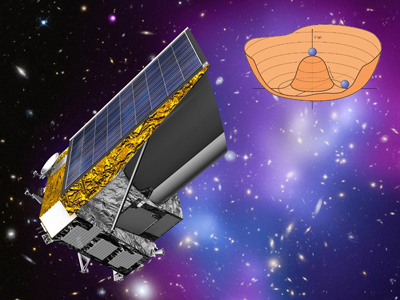
The ESA mission Euclid is supposed to gain new insights into fundamental questions concerning string theory. |
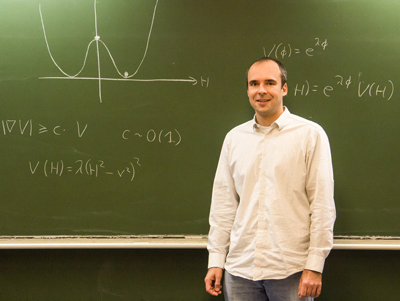
Timm Wrase - Institute for Theoretical Physics - Vienna University of Technology |
Like an apple in the fruit bowl
"For a long time, we thought that such a dark energy can be well accommodated in string theory," says Timm Wrase from the Institute for Theoretical Physics of the Vienna University of Technology. String theory assumes that there are additional, previously unknown particles that can be described as fields.
These fields have a state of minimal energy - much like an apple lying in a bowl. It will always lie at the very bottom, at the lowest point of the bowl. Everywhere else its energy would be higher, if we want to shift it, we have to exert energy. But that does not mean that the apple at the lowest point has no energy at all. We can put the bowl with the apple on the ground, or on top of the table - there the apple has more energy but it still cannot move, because it is still in a state of minimal energy in its bowl.
"In string theory there are fields which could explain dark energy in a similar way – locally, they are in a state of minimal energy, but still their energy has a value greater than zero," explains Timm Wrase. "So these fields would provide the so-called dark energy, with which we could explain the accelerated expansion of the universe."
But Cumrun Vafa from Harvard University, one of the world's most renowned string theorists, published an article on June 25, raising many eyebrows. He suggested that such "bowl-shaped" fields of positive energy are not possible in string theory.
The Higgs field - a contradiction
Timm Wrase of the Vienna University of Technology quickly realized the implications of this claim: "If that is true, the accelerated expansion of the universe, as we have imagined it so far, is not possible" he says. "The accelerated expansion would then have to be described by a field with quite different properties, like a tilted plane on which a ball rolls downhill, losing potential energy." But in that case, the amount of "dark energy" in the universe would change over time, and the accelerated expansion of the universe may one day come to a halt. Gravity could then pull all matter back together and assemble everything at one point, similar to the time of the Big Bang.
But Timm Wrase, who had already dealt with similar questions in his doctoral thesis, found that this idea cannot be the whole truth either. "Cumrun Vafa’s conjecture, which prohibits certain types of fields, would also prohibit things that we already know to exist," he explains.
Wrase was able to show that the Higgs field also has properties that should actually be forbidden by Vafa’s conjecture - and the Higgs field is considered an experimentally proven fact. For its discovery, the 2013 Nobel Prize in Physics was awarded. Wrase uploaded his results to the preprint website Arxiv, quickly sparking a lot of discussions in the string theory community. Now the work has been peer reviewed and published in the journal "Physical Review".
"This controversy is a good thing for string theory," Timm Wrase is convinced. "Suddenly, a lot of people have completely new ideas which nobody has thought about before." Wrase and his team are now investigating which fields are allowed in string theory and at which points they violate Vafa’s conjecture. "Maybe that leads us to exciting new insights into the nature of dark energy - that would be a great success," says Wrase.
The hypotheses that arise will (at least in part) soon be tested experimentally. In the next few years the accelerated expansion of the universe will be measured more accurately than ever before.
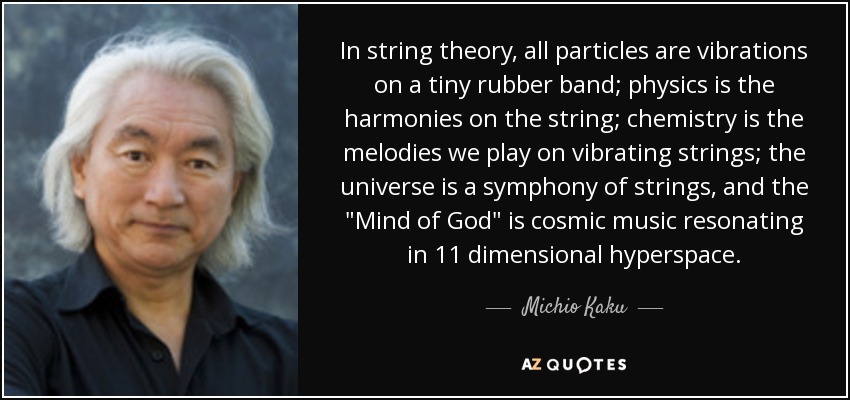
Original publication: F. Denef, A. Hebecker, T. Wrase; de Sitter swampland conjecture and the Higgs potential, Phys. Rev. D 98, 086004. Free Arxiv-Version
Keywords:
- quantum, theory, string, new| Follow @Morpheus0088 |

